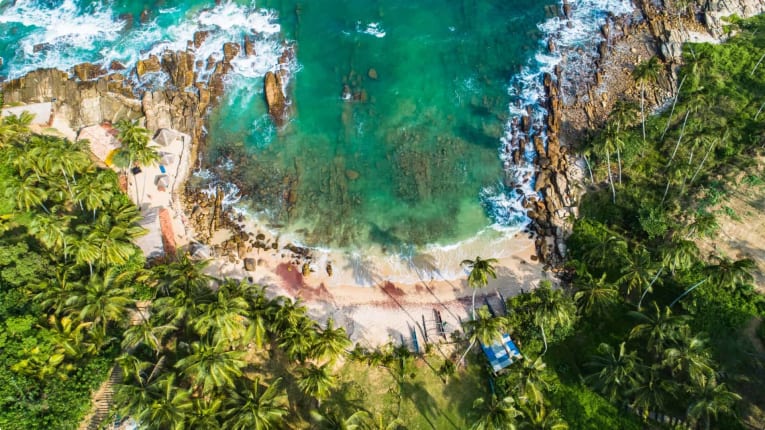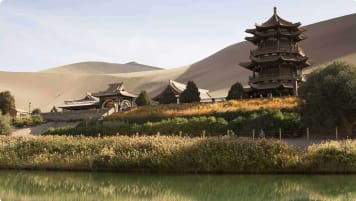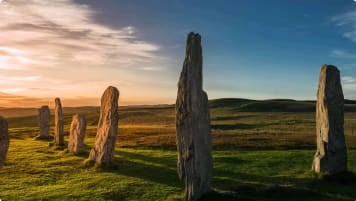Questions About Sri Lanka: The Definitive Guide for Senior Travellers
Experience the history, culture and landscape of the spice island that is Sri Lanka. For seniors who like to explore this is a small group tour that captures the essence of this island away and off the the beaten track.
31 Jul 19 · 2 mins read
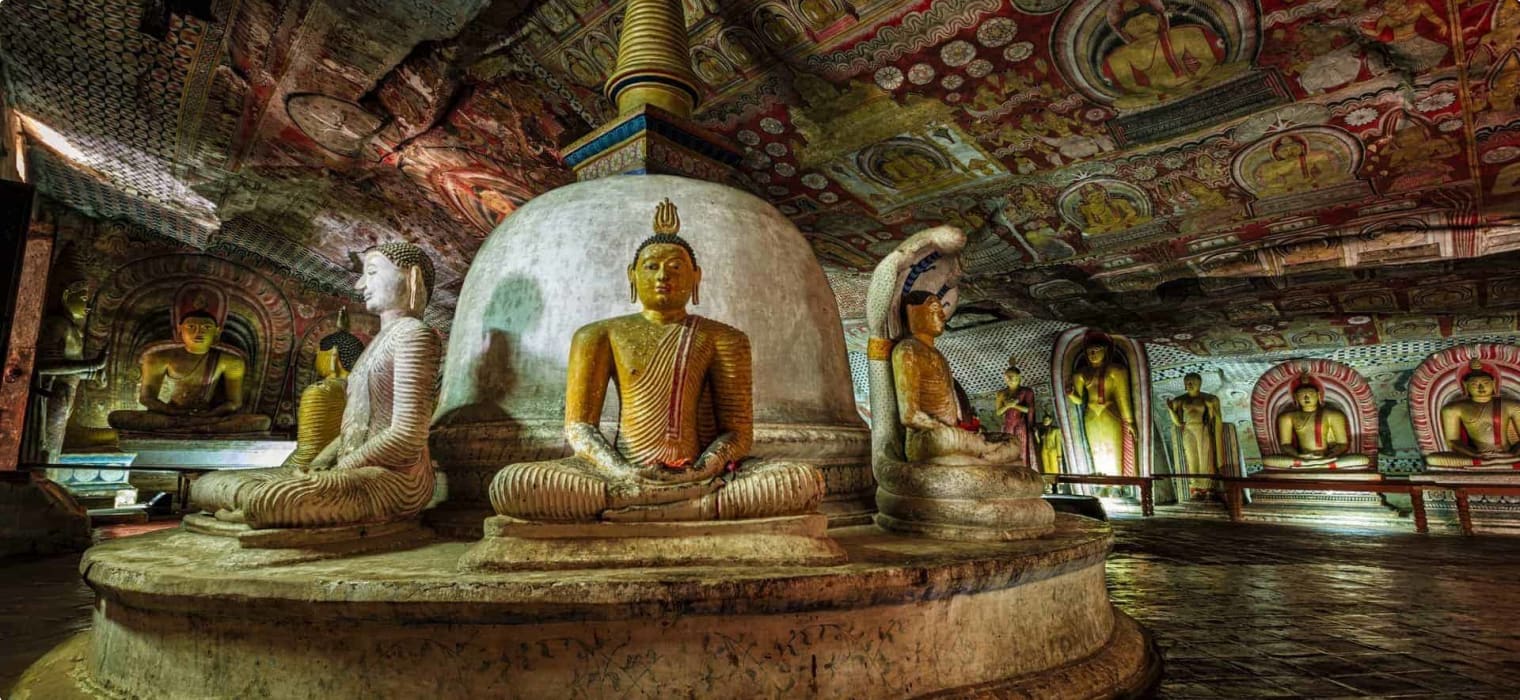
Questions About Sri Lanka for senior travellers.
Odyssey Traveller specialises in crafting unforgettable experiences for senior and mature-aged travellers interested in learning as a couple or solo traveller. Providing adventure and educational programs to escorted small group tours since 1983. Odyssey has built up a reasonable knowledge bank to answer questions about Sri Lanka that travellers are likely to ask, as they make their plans to tour independently, or with us as part of a small group tour. We hope that this list of frequently asked questions and the answers we provide will help you with planning your next holiday.
Read on, but please do not hesitate to contact us via the website, or through email or chat if you have more questions about Sri Lanka or our other tours.
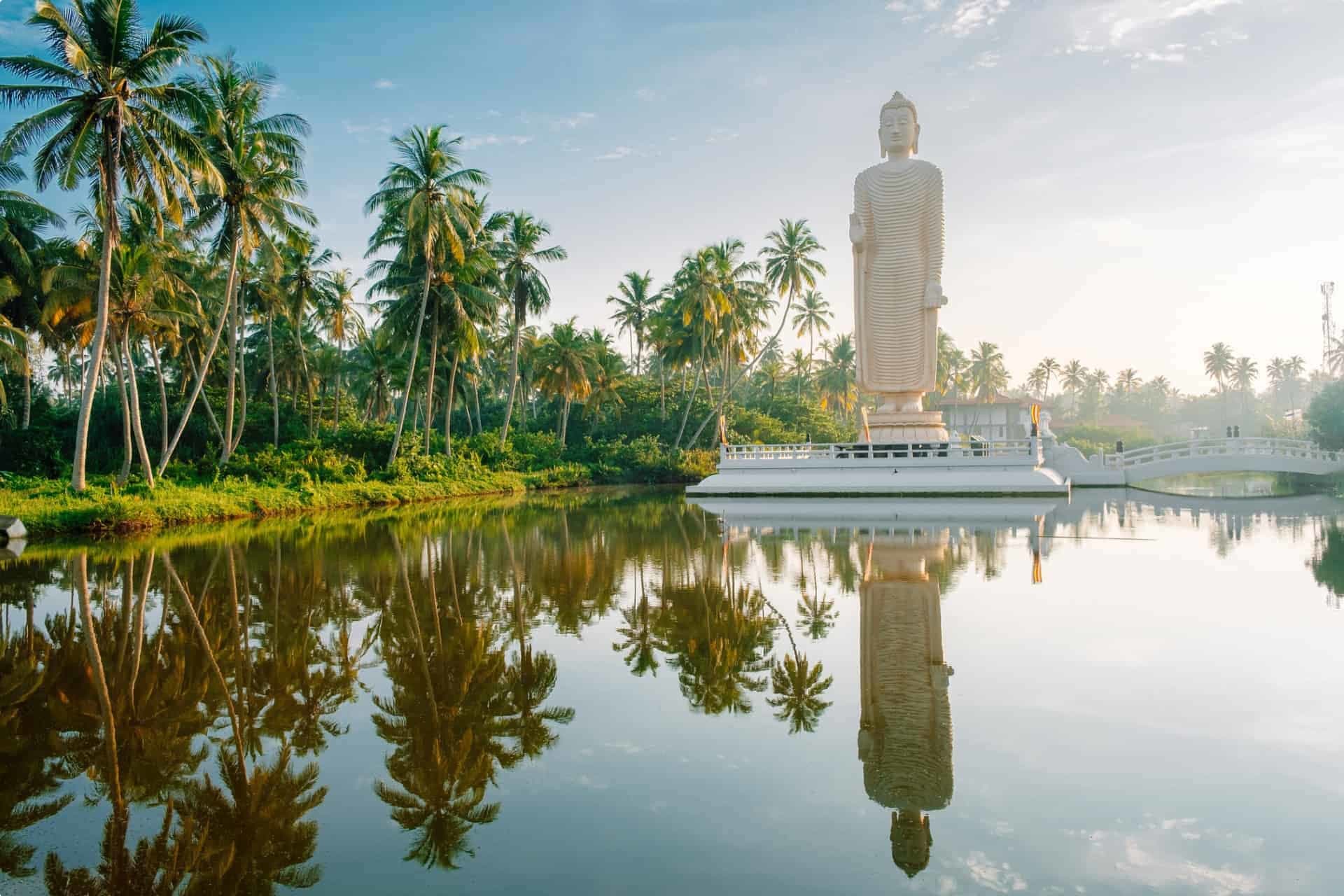
FAQs
Where is Sri Lanka located?
Sri Lanka is a teardrop-shaped island located south of India on the Indian Ocean. It is separated from the Indian subcontinent by the Palk Strait.
How did Sri Lanka get its name?
Sri Lanka has been known by many names throughout its history, owing to its location at the crossroads of trade and maritime travel.
Its ancient name “Lanka” was used in the epic Ramayana; the word simply means “island”. The ancient Greeks knew it as Tambropane (circa 4th century BC), from the name of its first kingdom, Tambapanini (“copper”, from the colour of the sands of Putalam). Arabs, perhaps influenced by Indian traders, called the island Serendib or Serendip, from the Sanskrit compound Siṃhaladvīpa (“Dwelling-Place-of-Lions Island”). This old name lives on in the English language as the word “serendipity”, coined by Horace Walpole in the 18th century. The Sanskrit compound (which translates to “Saheelan” in Persian) may have also been the source of its colonial name “Ceylon”, used by the Portuguese and the British. It is the name given to the tea produced on the island.
The country became known officially as Sri Lanka in 1972, reverting to its ancient name with the honorific title “Sri” (pronounced Shri), which means “beauty”.
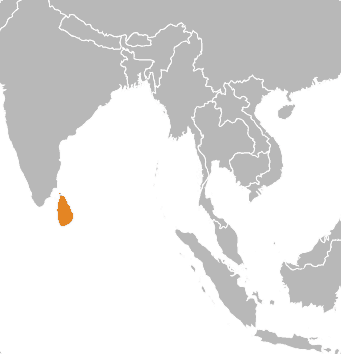
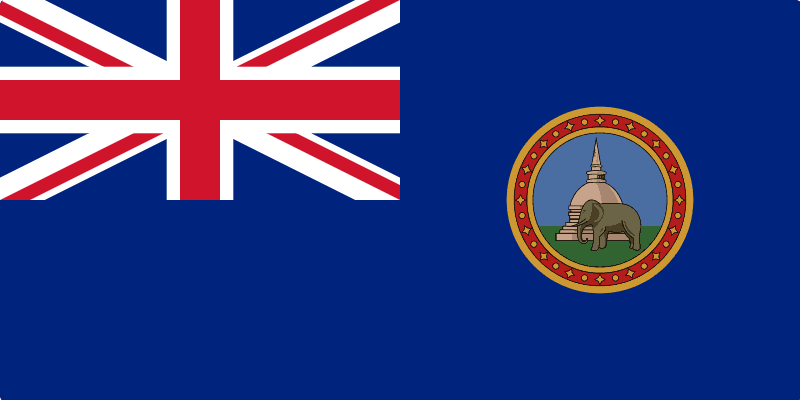
How was Sri Lanka formed?
Its proximity to India has led to Indian influence in Sri Lanka’s civilisation and history, which led to independent growth and formation of a unique culture on the island-nation. Its early history is entwined with Indian legend, such as the epic Ramayana and stories about the Buddha. Sri Lanka’s two major ethnic groups, the Sinhalese and the Tamils, and the dominant religions of Buddhism and Hinduism, were both from India. The 5th century epic Mahavamsa, written in an old language called Pali (which is also the liturgical language of Theravada Buddhism), delineates its ancient kingdoms and political powers.
In 1505, the Portuguese Lourenço de Almeida and his fleet ended up in what is now Colombo, the largest city of modern-day Sri Lanka. At this point, the island had three ruling kingdoms: the Tamil kingdom of Jaffna, and the Sinhalese kingdoms in Kandy and Kotte. De Almeida received a cordial reception from the king of Kotte. By 1518, the Portuguese were given trading concessions in the kingdom; Portuguese control later expanded across the island.
The Kandy kingdom managed to resist, remaining a bastion of the Buddhist faith against the incursion of Portuguese religious orders even during the Dutch era. It finally fell in 1815, when the Dutch ceded the island to the British.
It was trade and the island’s strategic location that attracted the Europeans to Ceylon: Dutch rule (1658-1796) was administered through the Dutch East India Company, and British rule (1796-1948) was marked by capitalist agriculture focused on coffee and (later) rubber and tea production.
Ceylonese nationalism grew in the early 1900s, with Buddhist and Hinduist revivalist movements embracing Western education and contemporary practices in order to defend their faiths against Christian influence. Ceylon gained full independence in 1948, and changed its name in 1972 along with the proclamation of a new constitution.
What is Sri Lanka's language?
Sri Lanka’s official languages are Sinhalese and Tamil, the native languages of its two major ethnic groups. Sinhalese, spoken by more than 70 percent of the total population, is an Indo-Aryan language believed to have been brought from northern India in the 5th century BC. It is influenced by Pali and (to a lesser degree) Sanskrit.
Tamil, a Dravidian language, is spoken in the Tamil-majority regions in northern and eastern Sri Lanka, and by the Tamil diaspora in India and Singapore. It is considered a classical language of India.
The linguistic divide between Sinhalese and Tamil has a fraught history, made evident in the “Sinhalese only” language law passed in 1956, in an effort to replace English, that was met with protests and riots. In 1988, an amendment to the constitution stated that both Sinhalese and Tamil “shall be the languages of administration throughout Sri Lanka.”
What is Sri Lanka's currency?
Sri Lanka’s currency is the Sri Lankan Rupee (LKR). It’s a closed currency, which means you can only get it once you arrive in the country.
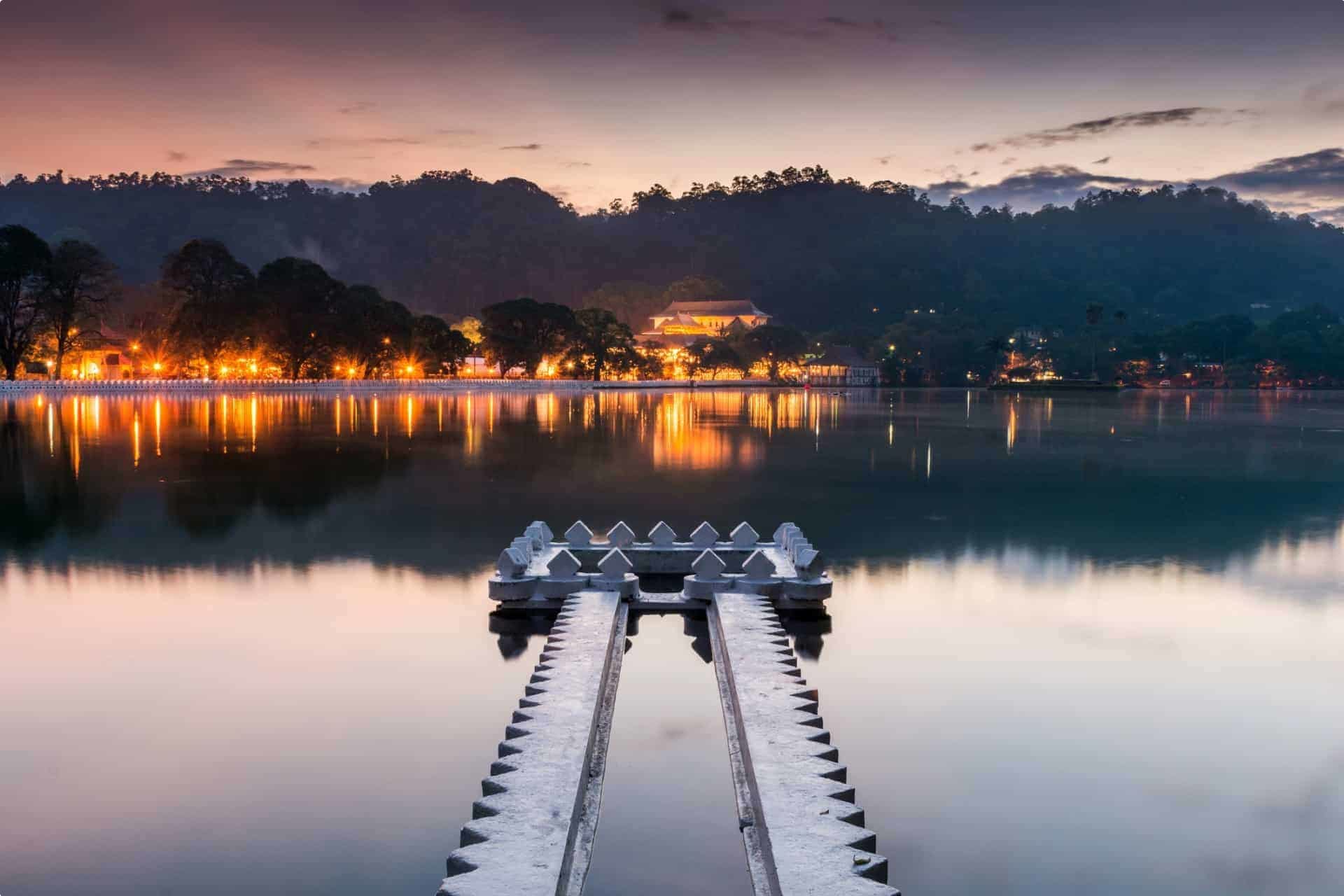
Aerial view of Goyambokka Beach, Sri Lanka
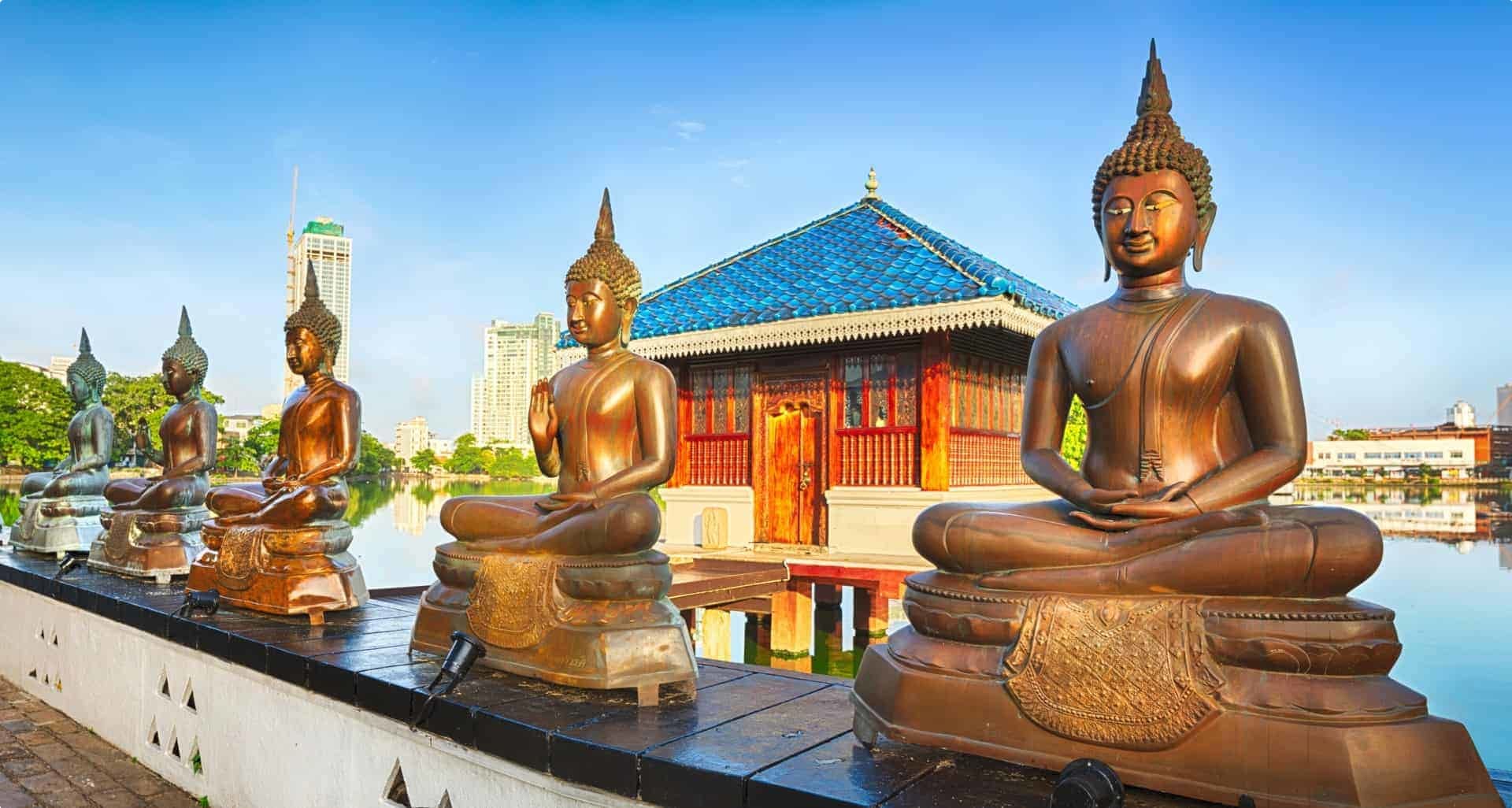
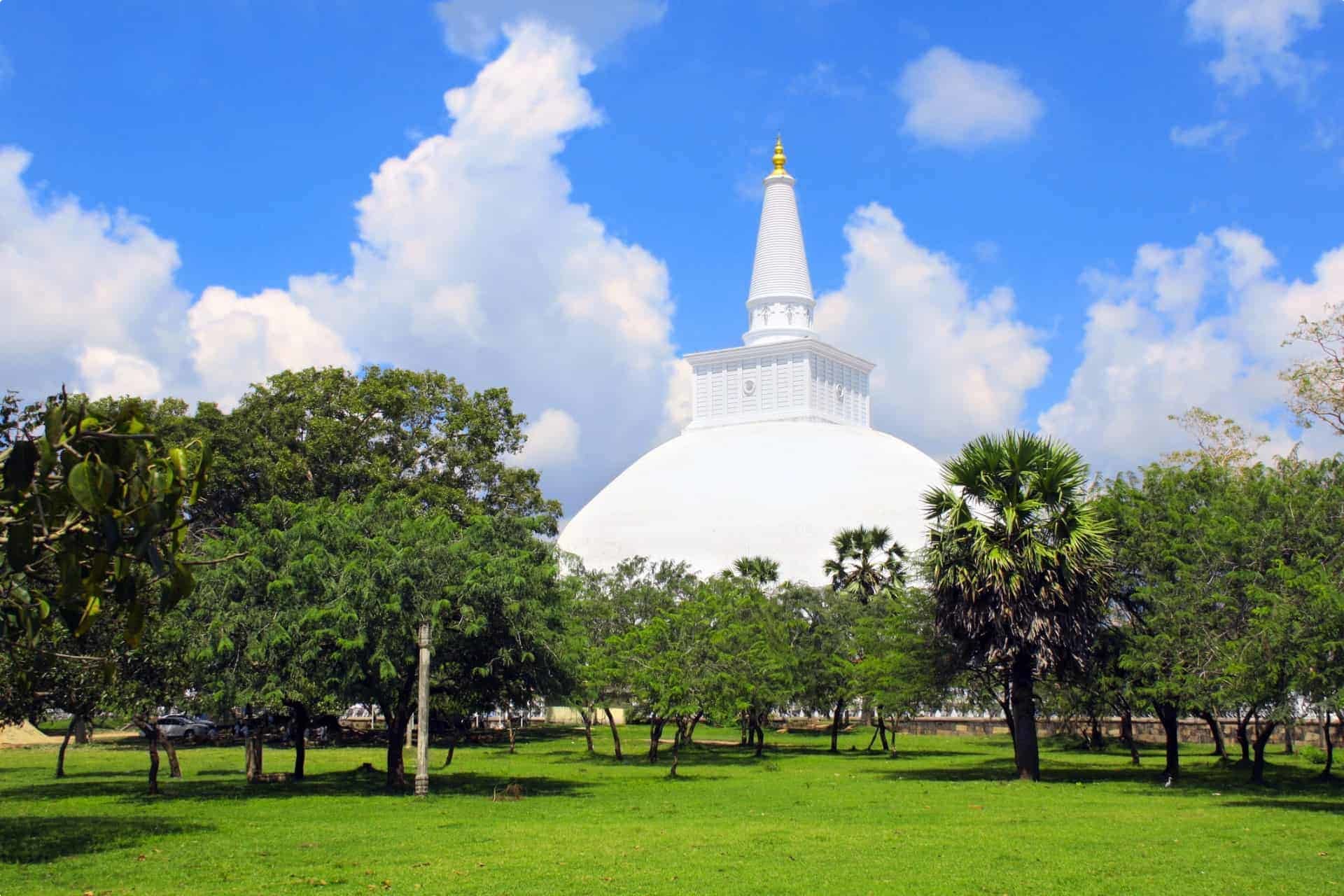
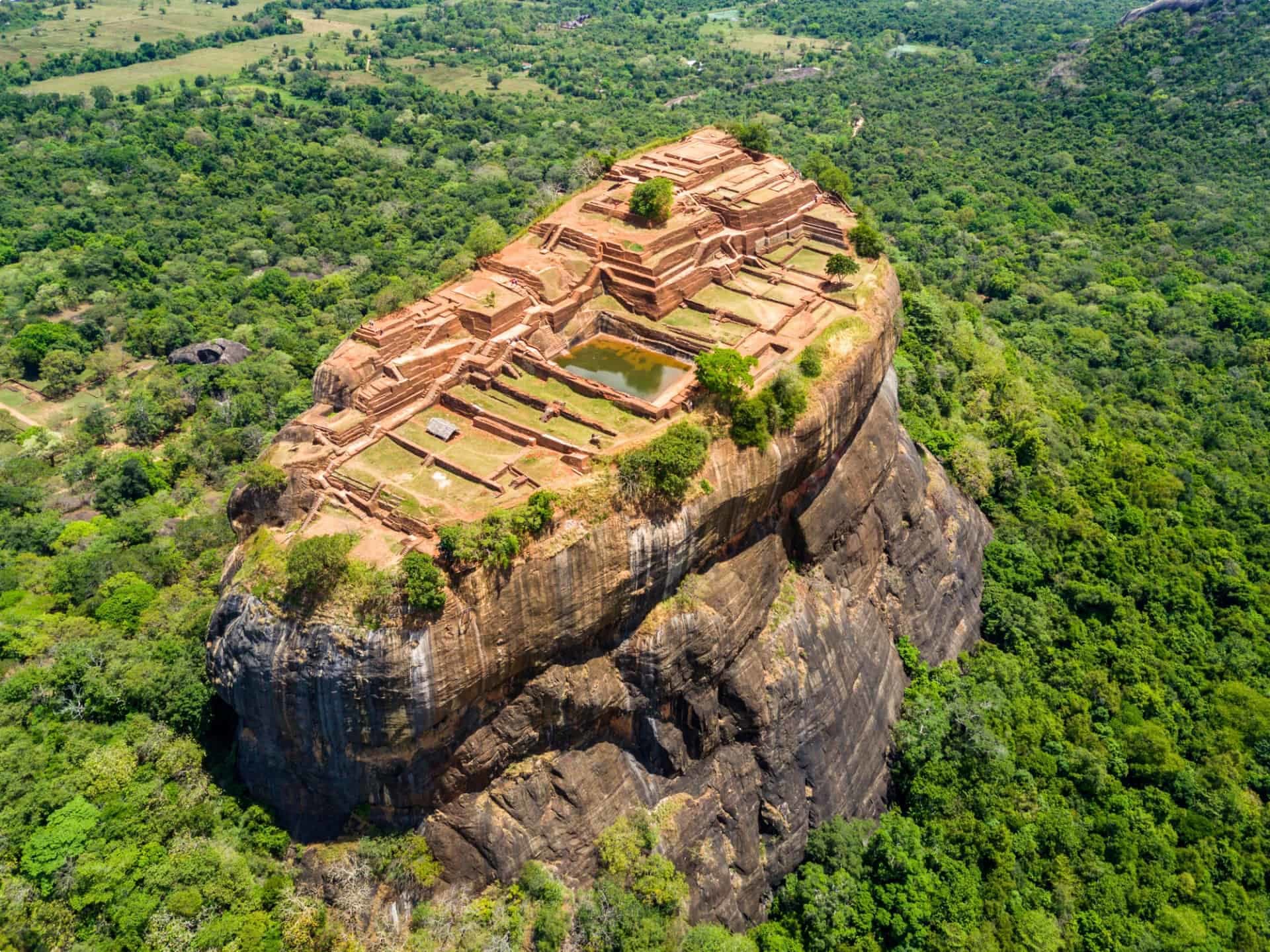
What is Sri Lanka's capital?
Sri Lanka has two capitals: Sri Jayawardenepura Kotte, the administrative capital, and Colombo, the economic capital. Sri Jayawardenepura Kotte (formerly Kotte, capital of the 15th century Sinhalese kingdom) is located 8 kilometres southeast of Colombo, which was the lone capital of Sri Lanka until 1977. Government institutions were moved to the administrative capital to help alleviate congestion in Colombo.
How did Sri Lanka become a tourist destination?
The government of Sri Lanka instituted legislation to develop foreign tourism. In 1966, an act created the Ceylon Tourist Board, now the Sri Lanka Tourism Development Authority alongside the Sri Lanka Promotions Bureau, Sri Lanka Convention Bureau, and Sri Lanka Institute of Hotel Management.
The Sri Lankan civil war, which tore the country apart for nearly thirty years until its bitter end in 2009, isolated the island-country and scared away foreign visitors. Sri Lanka, with its beaches, wildlife, and heritage sites, has since made great strides to recover. It is named Lonely Planet’s top travel destination for 2019, and Sri Lankan cuisine is named a top food trend for the year by BBC Good Food.
Another setback came in April 2019 with the Easter Sunday terror attacks in Colombo. Countries have since softened their safety advice to travellers thinking of visiting Sri Lanka. The Australian government has downgraded its advice to Level 2, “exercise a high degree of caution”.
The Sri Lankan tourism ministry states that tourists continued to arrive even right after the attack: “The top source market for tourists to the country for the period of 21st April 2019 to 21st May 2019 was India with total number of tourist arrivals of 9,238 followed by UK 3,297, Australia 2,484, Germany 2,168, France 2,015, China 1,762, Russia 1,568, Canada 1,506, United States 1,326, Japan 1,125, Netherlands 1,017. In consideration of age distribution, 58.3% were males and 41.7% were females for the said period. These signs highlight recovery of country’s tourism industry.”
When is the best time to visit Sri Lanka?
You will need a visa to travel to Sri Lanka. You can apply for an electronic travel authorisation (ETA) upon arrival at the port of entry, but to save time at the airport, you can decide to apply online prior to travel.
An ETA will allow you to stay in Sri Lanka up to 30 days from the date of arrival, but an extension up to six months is possible. Click here to see how to apply for extension. Please note that an ETA holder is entitled to enter Sri Lanka within three months from the date of issue of the ETA, so you can’t apply too far in advance of your flight.
Where in Sri Lanka should you visit?
For a small island, Sri Lanka is brimming with a wide variety of attractions to suit any kind of traveller.
Colombo
The economic capital, home to the Colombo International Airport, will usually be your port of entry. It is a destination in its own right. You can jumpstart your Sri Lankan adventure with a visit to to the National Museum and the Dutch Period Museum, once the residence of the Dutch governor. Visit the Seema Malaka temple on serene Beira Lake, and check out the seafood restaurants near Mt Lavinia Beach. Marvel at the Sri Kailawasanathan Swami Devasthanam, one of the oldest Hindu temples in the city.
Anuradhapura
North of Colombo is the city of Anuradhapura, a UNESCO-listed World Heritage Site and the sacred centre of Theravada Buddhism for many centuries. Theravada (“Way of the Elders“) is one of two major Buddhist schools, the other being Mahayana (“Greater Vehicle“). Theravada Buddhists claim to adhere most closely to the original doctrines and practices taught by the Buddha, and accept as authoritative the Pali canon of ancient Indian Buddhism.
Here in Anuradhapura you’ll find the Jaya Sri Maha Bodhi, one of the oldest planted trees in the world. It is said that Gautama Buddha reached enlightenment while sitting with his back against a tree. This tree, a species of fig now called Ficus religiosa (sacred fig or bodhi tree), is now venerated. A branch of the original sacred fig is said to have been planted in Anuradhapura in 288 BC, which grew to become the Jaya Sri Maha Bodhi.
You can also visit the Brazen Palace, once a multi-storied residence for monks dating back to the 2nd century BC, leaving behind more than 1,000 stone columns. Also dating back to the same period is the white Ruwanweliseya, a stupa housing the largest collection of the Buddha’s relics.
Sigiriya
The 5th-century Sigiriya (“Lion Rock”) is an ancient rock fortress that was inscribed on the World Heritage List in 1982. According to ancient chronicles, the site was said to have been built by King Kashyapa (477-495 AD) as the capital of his kingdom. The capital was abandoned after his death, and later used as a Buddhist monastery until the 14th century.
The ruins of his kingdom can be found on top of a gigantic column rising 200 metres from the scrub jungle. The rock was the innermost stronghold of the 70-hectare fortified town. The site opens at 7 AM, and it is advisable to arrive early as the narrow stairwells will soon be clogged by tourists eager to reach the peak. There are 1,200 steps to reach the top.
The rock fortress is also surrounded by a network of gardens, so there is plenty to see at the base of the fortress as well.
Polonnaruwa
Another World Heritage Site worth exploring is the ancient city of Polonnaruwa, which became the second capital of Sri Lanka after the destruction of Anuradhapura in 993. You’ll see many well-preserved ruins including the Royal Palace, Audience Hall, and four statues of Buddha carved out of rock. The city’s great artificial lake, the Parakrama Samudra built during the reign of King Parakrambahu the Great (1164-1196 AD) covers an area of 6,000 acres, feeding a network of irrigation canals and minor tanks.
Dambulla
The Dambulla rock temple was built by King Walagambahu in the 1st century BC and is a World Heritage Site. It is the most impressive of Sri Lanka’s cave temples. The complex of five caves with over 2,000 square metres of painted walls and ceilings is the largest area of paintings found in the world. It contains over 150 images of the Buddha, of which the largest is the colossal figure of the Buddha carved out of rock spanning 14 metres.
Nuwara Eliya
Nuwara Eliya (“city of light”) is Sri Lanka’s most popular hill resort. Located at an altitude of 1,868 metres and overlooked by Sri Lanka’s highest mountain, Pidurutalagala, Nuwara Eliya has a cool climate that attracted British civil servants working on the island. It is also referred to as “Little England” as many of the buildings retained architectural styles from the colonial period. You can see it in Nuwara Eliya’s post office below.
These are just a few of the places to explore in Sri Lanka. If you want to learn more, join us on our tour to Sri Lanka — simply click through to see the full itinerary and sign up!
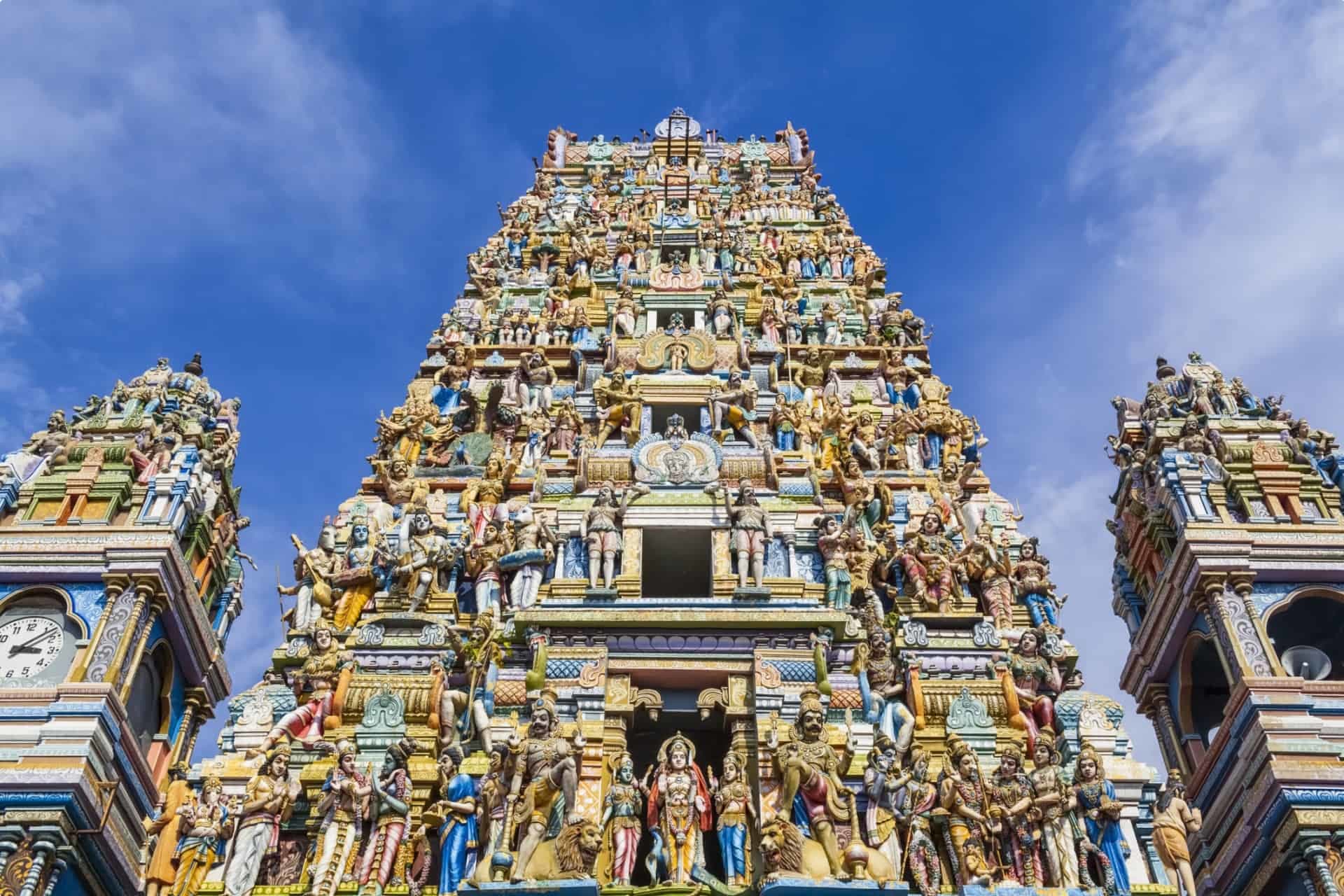
Sri Kailawasanathan Swami Devasthanam in Colombo, Sri Lanka
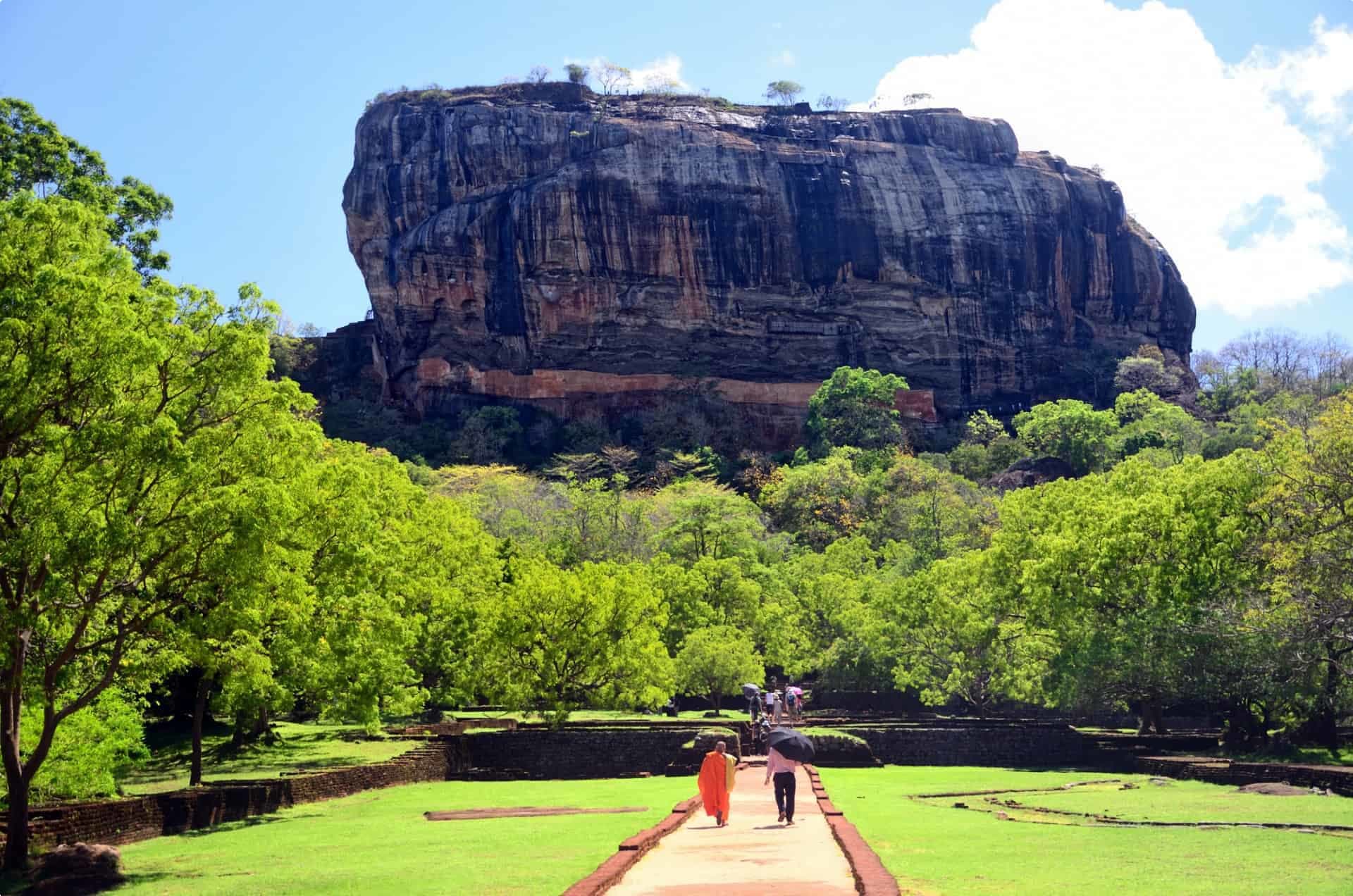
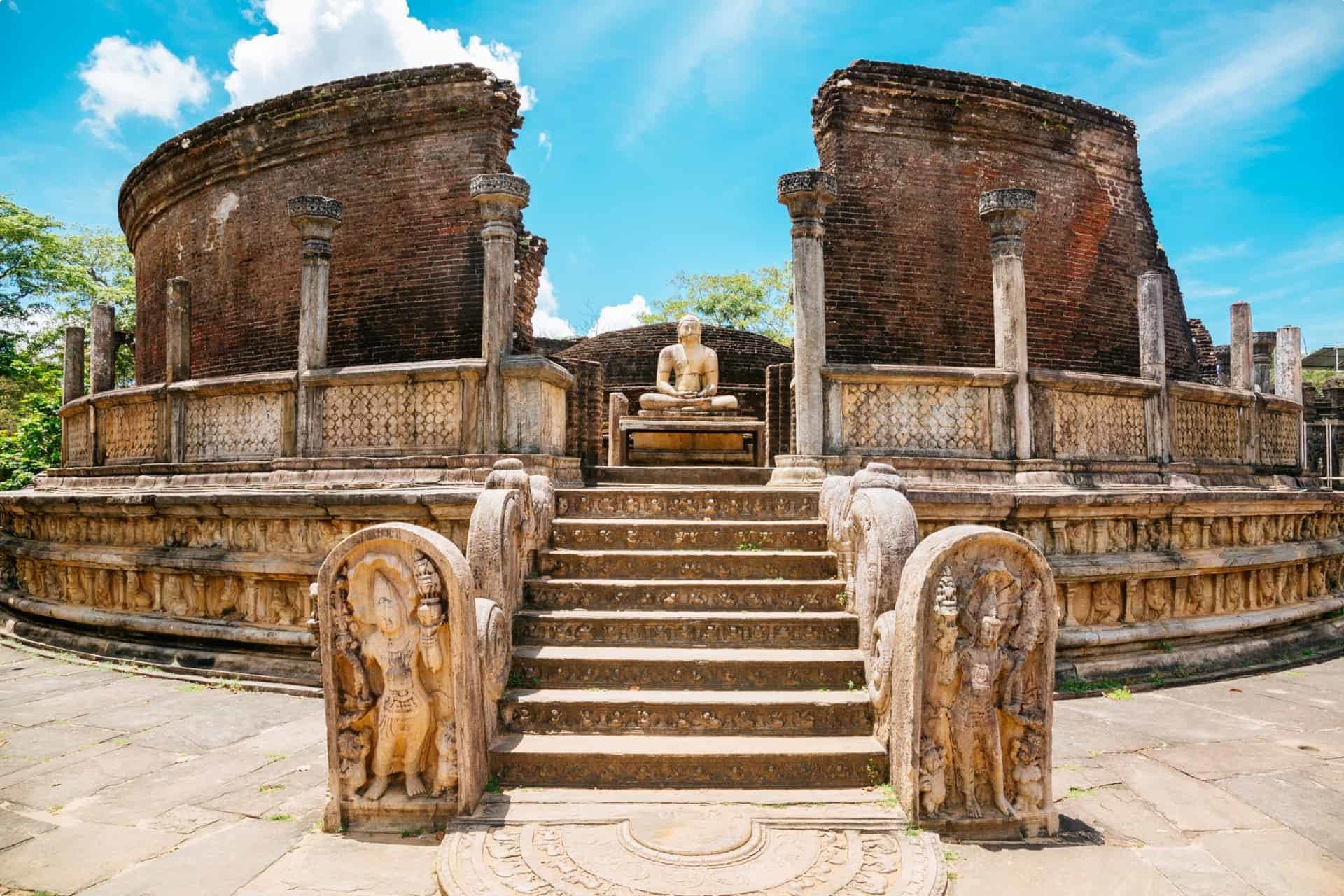
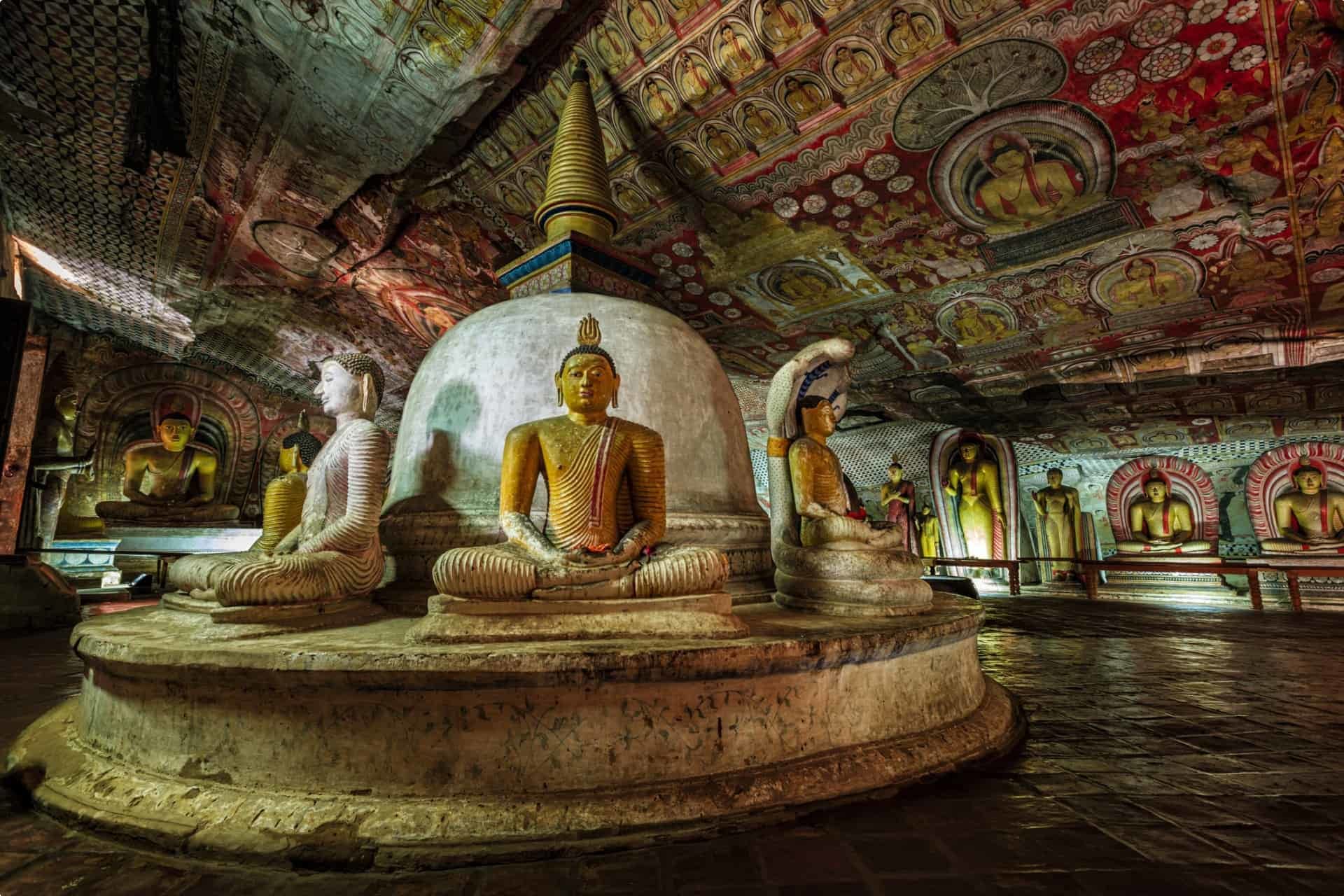
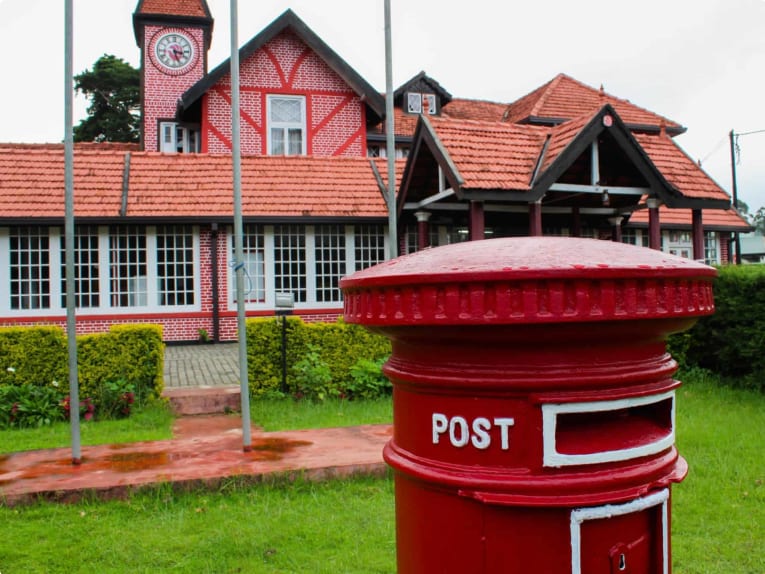
Nuwara Eliya is the heart of Sri Lanka’s tea country, producing a significant share of the world’s best tea.
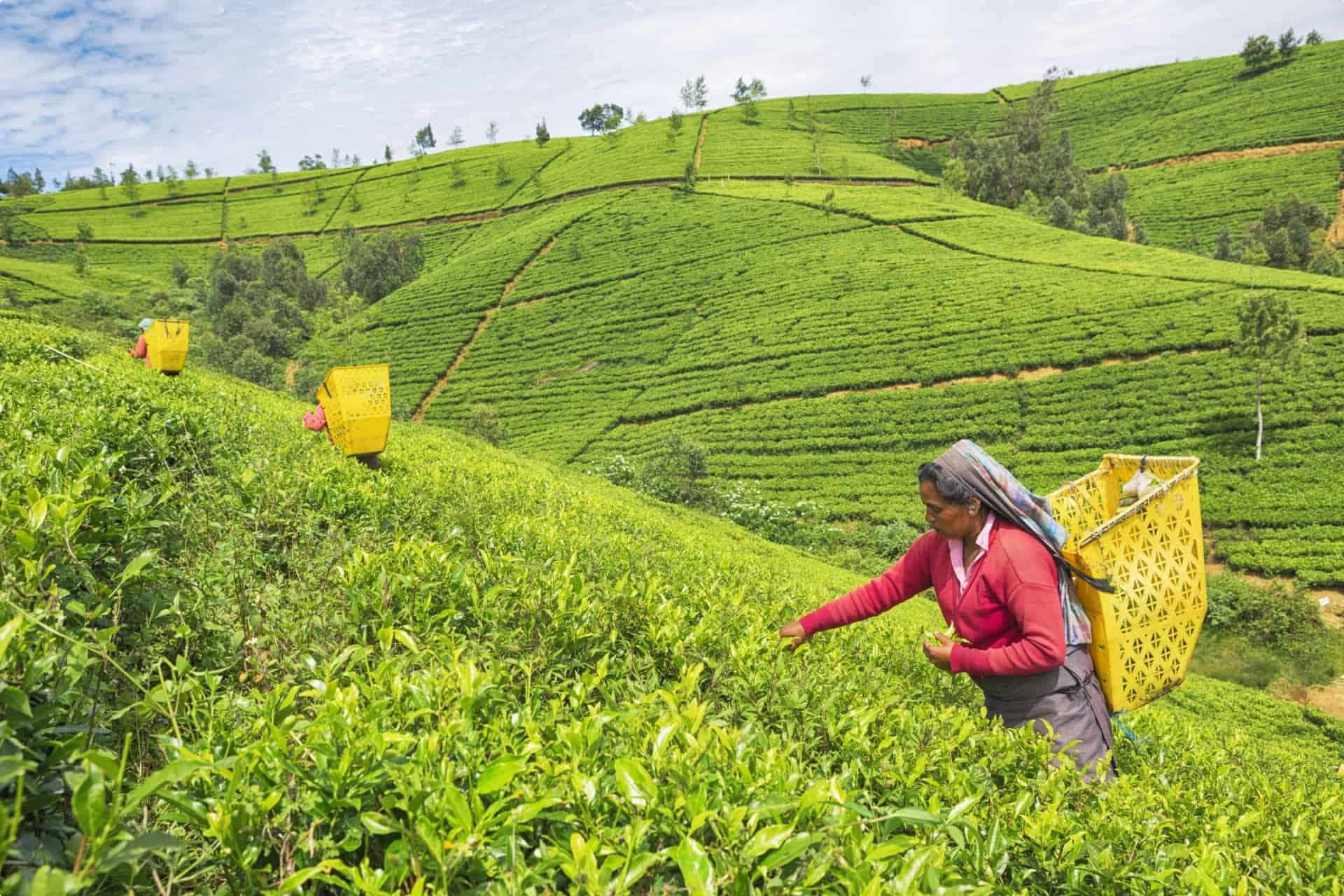
FAQs
Can you visit Sri Lanka without a visa?
You will need a visa to travel to Sri Lanka. You can apply for an electronic travel authorisation (ETA) upon arrival at the port of entry, but to save time at the airport, you can decide to apply online prior to travel.
An ETA will allow you to stay in Sri Lanka up to 30 days from the date of arrival, but an extension up to six months is possible. Click here to see how to apply for extension. Please note that an ETA holder is entitled to enter Sri Lanka within three months from the date of issue of the ETA, so you can’t apply too far in advance of your flight.
Related Tours
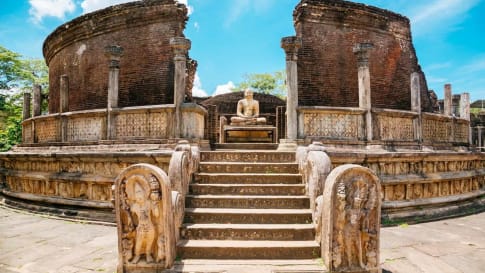
15 days
MarSri Lanka | Culture and History Small Group Tour
Visiting Sri Lanka
A small group tour of Sri Lanka for mature couples and solo travellers is a great introduction to the trading history of the world and "Spice" The centre of the island offers rolling hills, year round cool climate and former British colonial hill stations complete with Tudor hotels, rose gardens and the oldest golf course in Asia. Scattered around the country are National Parks filled with game. The world’s first game reserves were founded in Sri Lanka over 2,000 years ago.
From A$8,250 AUD
View Tour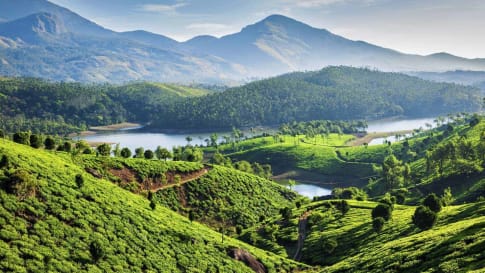
11 days
Nov, Mar, OctIndia Short Tour | Small group tour for seniors
Visiting India
A short small group tour for Mature and seniors couples and solo travellers of India and its icons. Bounded by the majestic Himalayan ranges in the north and edged by an endless stretch of golden beaches. India is a vivid kaleidoscope of landscapes, magnificent historical sites, such as the Taj or red fort royal cities, such Dehli, Jaipur , Agra and Madras colourful people, and rich culture.
From A$9,250 AUD
View Tour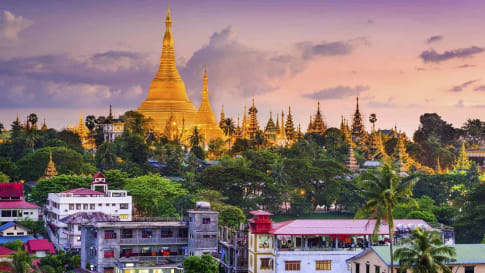
15 days
Oct, MarDiscovering Myanmar | Small Group Tour for Seniors
Visiting Myanmar (Burma)
Visitors to Myanmar will find a fascinating country full of old-world charm and rich culture. A beautiful scenic destination, we visit Yangon, Mandalay and Bagan on this small group tour for senior and mature travellers on a small group tour for couple and solo travellers.
From A$10,995 AUD
View Tour